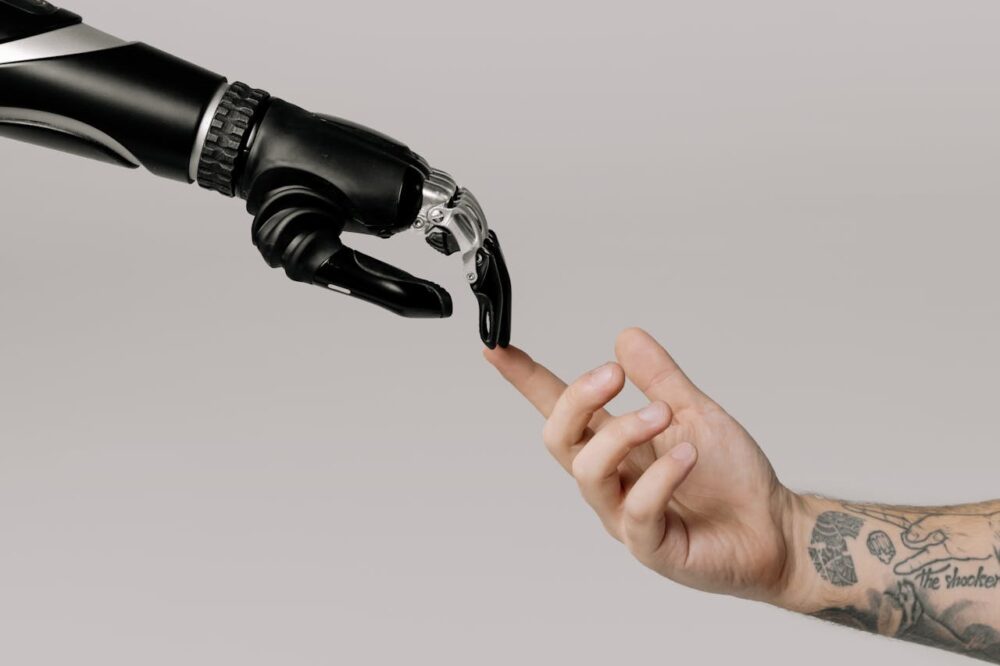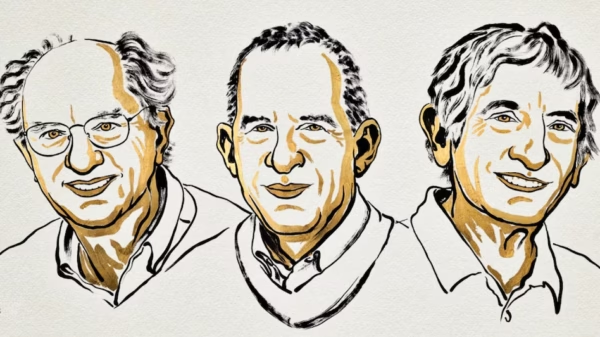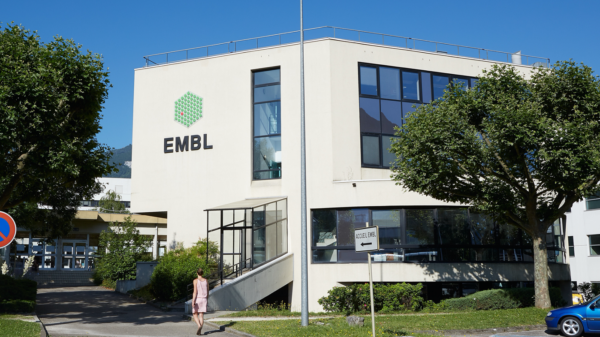Ten years from now, artificial intelligence will be 10,000 times smarter than humans, according to Masayoshi Son, the eccentric billionaire mogul behind the Japanese start-up investment vehicle Softbank.
He called this degree of AI “artificial super intelligence” (ASI) at a general meeting of shareholders on Friday. Son also added that within the next five years, the industry would achieve artificial general intelligence (AGI), wherein machines effectively become smarter than humans. The ratio by which AGI would be smarter than humans is approximately ten times.
“From now on, we want to step up investments in AI companies,” Yoshimitsu Goto, chief financial officer for Softbank, said.
“The reason we’ve been keeping our balance sheet at a very safe level is because we would like to be prepared,” Goto added, “and we would like to be flexible if there is anything that we would like to move on.”
SoftBank has a history of investment hits and misses since its inception. Notably, its early investment in Alibaba Group (NYSE: BABA) in 2000 proved immensely profitable as Alibaba grew to become a global e-commerce giant. SoftBank also invested in Yahoo! Japan, which became one of Japan’s leading internet services companies.
However, there’s SoftBank’s Vision Fund, which has invested in numerous high-growth technology companies with variable success. The most successful include ride-hailing service Uber (NYSE: UBER) and food delivery platform DoorDash (NASDAQ: DASH), but also includes embattled workspace provider WeWork.
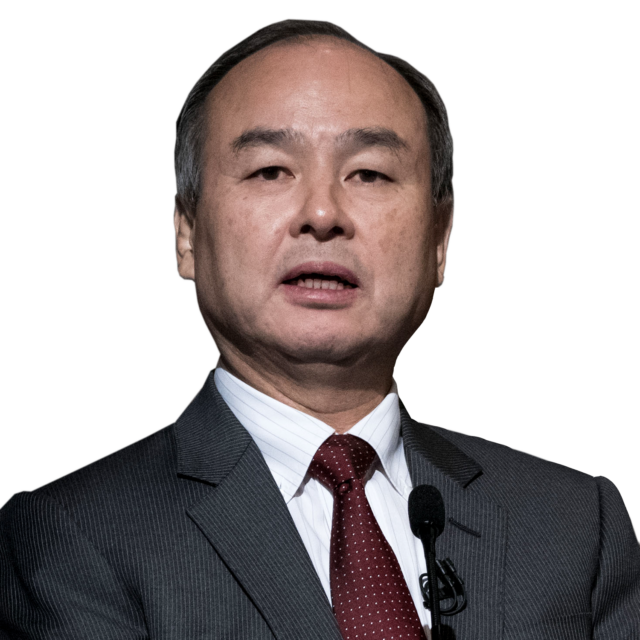
Image from NurPhoto via Getty Images.
Half of banking jobs will go to AI
There are some serious questions surrounding what variety of disruption artificial intelligence is going to bring and to what industries, and it’s already starting to happen.
According to a new report put out from the bank Citi (NYSE: C), banking is going to have half of its jobs eliminated and handed over to automation. Time consuming financial tasks will be delegated to AI in the future, including copying numbers from one computer system to another and synthesizing financial information quickly.
“So if you’re an analyst and you’re reading an awful lot of documents, you can have the technology give you a quick and dirty summary of it,” Sophia Bantanidis, an analyst with Citi, said.
Bantanidis is one of the authors of the new report, and she said AI could transform finance. She also said that AI will also create new jobs, like verifying that AI is spitting out the right data.
“But making sure also the organization is doing the right thing and that it is asking the machines the right questions,” she said.
Then there’s the human element, which is something most agree will never be outsourced to AI.
“The softer skills are going to become that much more important — talking to somebody, understanding what their needs are,” said Gil Luria, a senior analyst at D.A. Davidson.
Except not when it comes to taking orders at McDonald’s, apparently.
Read more: Verses AI raises CAD$10M in private placement and leans into AI product, Genius
Read more: Verses Technologies’ COSM adds another dimension to artificial intelligence
McDonald’s backs away from AI order taking slowly
For years the fast-food industry has been trying to find ways to slash its necessity on human labour, especially as minimum wages and other demands of cost of living go with it. This includes employing more kiosks and less humans. Kiosks don’t require raises or benefits, and don’t take unscheduled days off.
McDonald’s (NYSE: MCD) and other companies have also started to look into artificial intelligence as an option to improve efficiency and reduce labour costs, so they don’t have to pass off the increased cost of paying their workers more onto the customer.
This involved a 2021 deal with IBM (NYSE: IBM) to test an AI voice ordering system at select drive-thru locations across the United States.
Customers could drive up and give their orders through a microphone. An AI would record everything and offer recommendations based on past orders, and send it down the production chain without errors, and the customers would get their meals and be happy.
Except it didn’t quite work out that way.
McDonald’s decided to abandon its program a few years after implementation. Viral videos revealed the system struggled with simple orders, took requests from the wrong cars, and recommended outlandish but strangely tantalizing combinations like ice cream and bacon.
The McDonald’s experience also highlights the “uncanny valley” challenge of AI-powered ordering. Despite its impressive capabilities, current AI often produces responses that seem almost human but not quite, resulting in an unsettling experience for some customers. To address this, a human voice actor may need to dub over the AI.
But fast food workers aren’t the only ones who should worry about their jobs.
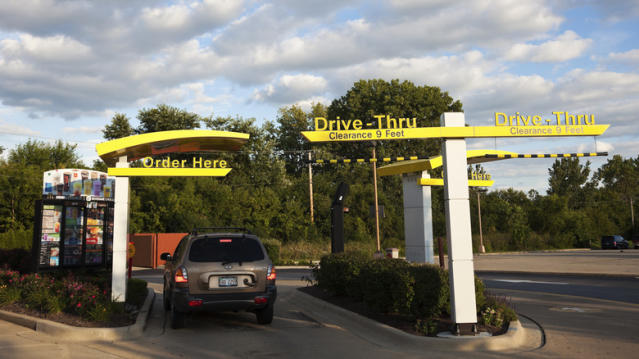
McDonald’s drive-thru lane using artificial intelligence. Image from Benkrut via Getty Images.
Artificial intelligence runs for mayor of Cheyenne
Politicians may have something to worry about when it comes to obsolescence.
The world’s first artificial intelligence is running for mayor in Wyoming’s capital. It’s called Virtual Integrated Citizen, or VIC, and it started when Victor Miller filed for VIC’s candidacy. He discovered during a city council meeting that AI could greatly assist the political process.
“I counted up all the pages of supporting documents that the council was supposedly looking through,” Miller said. “There was 422 pages of it.”
Miller was certain that none of the other council members had read the documents in depth, but VIC could.
“I could feed those into VIC. He processes it, understands it and makes an educated vote based on the actual data.”
Miller said the reason for starting this is that the city of Cheyenne doesn’t follow the Wyoming public records act per state statute, and he suspects that AI may definitely aid in bettering the governance processes.
Read more: Governments must protect economies from artificial intelligence: IMF report
Read more: Pope Francis speaks, warns G7 about risks of unfettered AI
Elon Musk partners for big infrastructure changes
The development of AGI will require a large investment in infrastructure for the time being, and it’s something that Elon Musk, CEO of Tesla Inc (NASDAQ: TSLA) and X (NASDAQ: TWTR), has been working on lately.
Musk’s startup, xAI, announced it will partner with Dell (NASDAQ: DELL) and Super Micro Computer (NASDAQ: SMCI) for server racks to support its supercomputer project.
Elon Musk announced this collaboration on his social media platform, X, marking a key development in xAI’s quest to assemble “the world’s biggest supercomputer.” Server racks play a crucial role in high-performance computing infrastructure, providing the framework needed to store and organize various computing components essential for supercomputer operations. These engineered rooms promote optimal efficiency and airflow—vital for supercomputing—by maximizing limited floor space.
Server racks, like those used in xAI’s Grok for large-scale AI model training, are essential for supporting the immense computational power required for these tasks. Hundreds of thousands of power-hungry AI chips are necessary to achieve the desired scale, but semiconductor foundries can’t meet the production demand.
Given the massive scale of xAI’s project, heat management posed a significant challenge. Current technology isn’t fast enough, and supercomputers, which perform calculations thousands of times faster, generate so much heat that their chips degrade in performance over time. This issue worsens with the need for thousands of power-hungry AI chips to train advanced AI models like xAI’s Grok.
But new advances and developments in hardware are only half of the equation leading to AGI and beyond.
OpenAI’s latest offering, GPT-4o, marks a significant step forward from its predecessor, GPT-3.5. This model sets new benchmarks in Natural Language Processing (NLP) by demonstrating improved understanding and the ability to generate human-like text.
Always moving forward 🚀 https://t.co/Bm0fHxOMyy
— Dell (@Dell) June 19, 2024
Could Active Inference be the next stage in AI?
A change in GPT-4o is that it handles images, moving towards multimodal AI systems that can process and integrate information from various sources.
The architecture of GPT-4 incorporates billions of parameters, significantly more than previous models. This massive scale enhances its capacity to learn and model complex patterns in data, allowing GPT-4 to maintain context over longer text spans and improve coherence and relevance in its responses.
However, it’s nowhere close to AGI. Artificial general intelligence involves a certain level of curiosity and sophistication that helps the system transcend the notion of the hyper-advanced calculator stage.
Researchers have been busy looking at several promising alternatives.
Experts believe that one particular approach offers a smarter, safer, and more sustainable foundation for general intelligence. This approach is based on the best scientific understanding of how intelligence occurs in nature.
Over the past several years, a team of computer scientists, neuroscientists, and engineers at Verses AI (CBOE Canada: VERS) (OTCQB:VRSSF) Research Lab, led by Chief Science Officer Dr. Karl Friston, has developed this alternative approach known as Active Inference.
Founded on first principles and guided by nature’s blueprint for intelligence in biological systems, Active Inference codifies mathematical principles that explicitly link intelligence, cognition, and rational behaviour to physical processes at all scales.
This ranges from the macroscopic scale of humans to the microscopic scale of cells and even down to the scale of quantum particles. The Free Energy Principle establishes this link between physics, cognition, and behaviour, providing a clear recipe for modelling any physical system as an Active Inference Agent capable of reasoning, learning, planning, predicting, and acting in real-time.
Verses AI is a sponsor of Mugglehead news coverage
.

